A guide to ethical jewellery and a focus on a virtuous sourcing model within an opaque industry : the Fairmined label.
Jewellery evokes preciousness, rarity and brilliance. With a strong emotional impact, jewellery is offered, passed on, makes the head spin and symbolises the quintessence of luxury. However, poetry and dreams are often confronted with the darkness of the sector: environmental damage, human violence, and lack of transparency, the industry is trying to make a gentle transition towards virtuous alternatives.
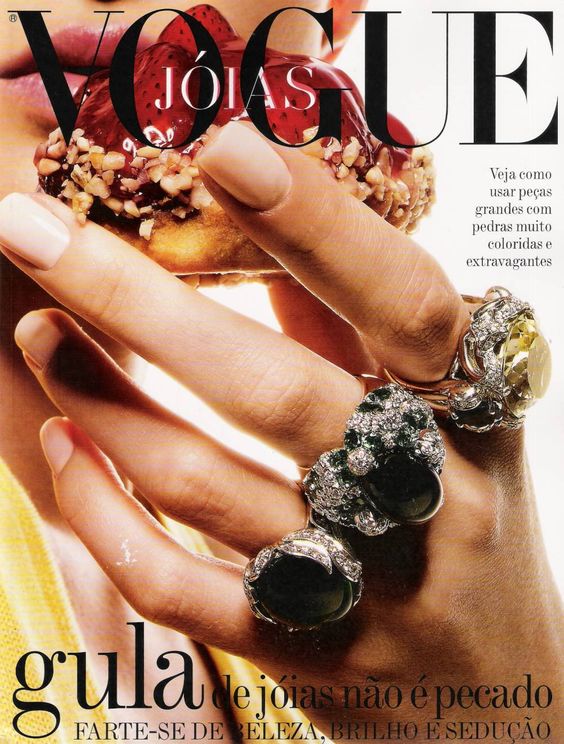

It is difficult to identify the stages of a process that begins with the extraction of raw materials and ends in the workshops and then the jewellers’ showcases. The origin of the noble materials is often difficult to specify and the gold is generally melted down several times in different countries. Certification is rare, as the gold and jewellery industry traditionally maintains a culture of secrecy, which is not compatible with the growing public demand for transparency.
It should be remembered that gold is a safe haven, a currency that will always inspire stability and in which the world has confidence. Thus, the mining of gold does not serve the demand of the jewellery industry but exclusively for value creation purposes. The gold is then sold to various sectors including the jewellery industry. But those who actually pay the biggest price are those at the bottom of the chain.
Combining ethics and aesthetics
The challenge for the jewellery industry is to lift the veil, not to expose luxury but to embody a new luxury, that of transparency, a luxury that is proud to use « as few non-renewable resources as possible. A system that prefers the use of renewable resources, exploited with respect to their renewal rate and associated with a waste recovery that favours reuse, repair and recycling »*.
Unfortunately, irresponsible practices in the past have created a negative reputation for both industrial and artisanal mining.


Key figures :
2,000 tonnes of gold are mined annually.
20 million people are engaged in artisanal gold mining.
The sector employs 90% of the workforce while extracting 20% of the world’s gold
(compared to 10% and 80% for industrial mining).
These extractions support more than 150 million people
and generate over $300 billion in revenue.
As for diamonds, between 24 and 36 tonnes are mined annually.
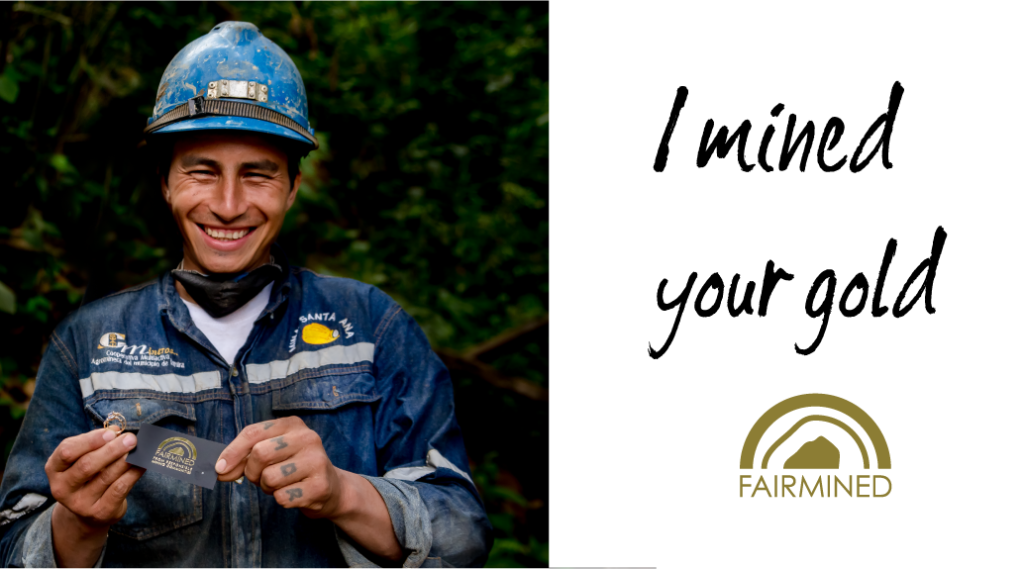

Profit over human rights
Disastrous working conditions, gender inequality, derisory pay, lack of social protection,… International mining companies and governments abuse human rights for commercial and political purposes. Local residents also suffer in parallel from the violation of territories with clearing and deforestation before extreme exploitation.
More than a million children are estimated to be involved in mining work, which often takes advantage of their small size in the less accessible tunnels, where the air is full of dust and accidents are extremely common.
The precarious workforce of artisanal mines works under forced conditions, under military surveillance and under threat of penalty. This artisanal gold emits 1,400 tonnes of mercury each year, damaging the miners’ nervous systems.
The considerable environmental impact of intensive extraction
L’eIndustrial gold mining destroys ecosystems: highly mechanised installations lead to massive deforestation. With extraction also comes the release of harmful and eco-toxic substances such as mercury or cyanide into the environment (8kg for 20g of gold), the production of greenhouse gases (520kg for 20g of gold), and mining waste (40 tonnes for 20g of gold). Polluted water is not treated and accidents are numerous, not to mention the astronomical consumption of water (10 million litres for 15kg of gold).
Diamond mining may appear to be less harmful to the environment, but in reality it generates just as much destruction with tens or hundreds of thousands of hectares dug with explosives, disturbing sometimes fragile areas.
Blood diamonds
Mining is also associated with the financing of criminal armed groups, involving money laundering and oppression. Entire mafia networks are still financed by gold mining and trade.
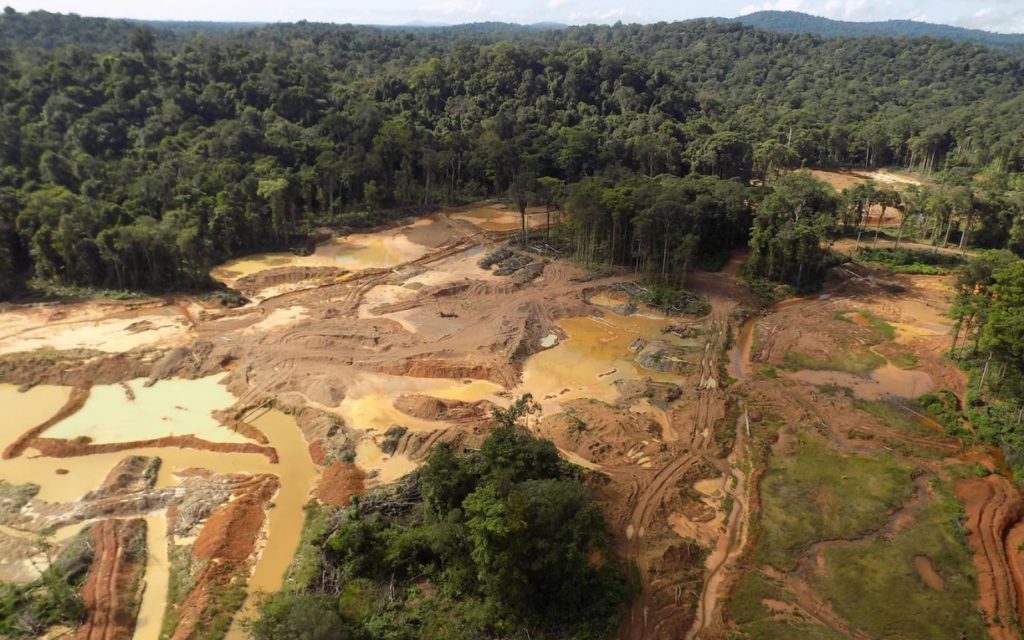

The limits of a system
Created in 2005, the RJC (Responsible Jewellery Council) aims to certify the good practices of companies contributing to the gold or diamond supply chain, from the mine to the distribution. To obtain the label, a company must commit to implementing and promoting responsible practices in terms of ethics, the environment and working conditions. This results in the choice of working with RJC or non RJC workshops – subjecting themselves to extraction conditions and a form of traceability, and to respecting the same code of good practice. However, the RJC is not without its faults and faces a conflict of interest. The organisation has been accused on several occasions of poor governance and low standards, and its predominantly industry-controlled board, coupled with the sidelining of civil society, has contributed to the questioning of its independence.
Although initiatives such as the Kimberley Process have been put in place around the world (with the aim of reducing the existence of conflict diamonds: rough diamonds used to finance rebel wars), this is insufficient to ensure that there is no violence of any kind – no form of sanction is applied. In its monitoring, the Process is negligent in respecting human rights, the protection of ecosystems or the fair distribution of wealth.
An overview of more virtuous alternatives
When buying a piece of jewellery, it is therefore difficult to know the origins of the gold or whether the stone is tainted by human rights violations or serious environmental damage. It is also impossible today to ignore the collective awareness of the environmental issue and our impact on the planet. So, faced with the limits reached, the difficulties of traceability and insecurity, certain initiatives have succeeded in imposing themselves: recycled gold, certifications, laboratory stones.
The codes are different, and as the industry moves towards a more responsible luxury, more and more jewellery houses are putting ethics at the heart of their concerns.
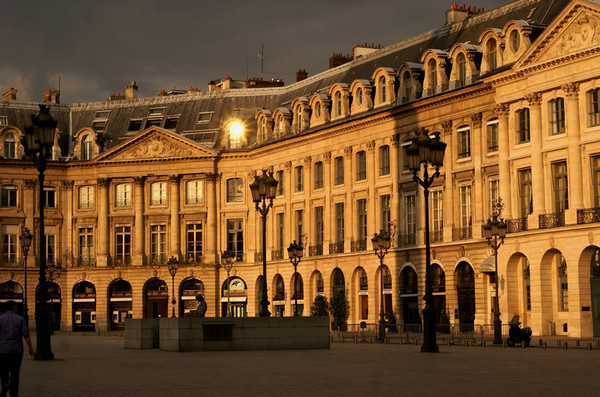

Recycled gold, an imperfect solution
Gold is (almost) indestructible and therefore very easily recyclable compared to other raw materials. Given that there is enough gold already mined to cover the demand of the entire jewellery industry for the next 50 years, it seems essential and clever to refine gold back to its original purity, regardless of its colour.
Precious metals are infinitely recyclable without degrading their quality.
Recycling gold – whether it is manufacturing waste, privately held, bought back or in electronic form – will do little to limit mining: gold remains the ultimate currency and the jewellery industry is not essential to creating its value. Its extraction provides a livelihood for hundreds of millions of people, offering a multitude of economic opportunities; the sole use of recycled gold could harm these communities by depriving them of this current source of income.
However, it is probably the most environmentally friendly option for creating new jewellery as it requires no new extraction and takes advantage of already existing resources.
Recycled gold is therefore a more ecological and less expensive alternative to freshly mined gold. DANGLETERRE, a member of the 1.618 community, uses recycled and recyclable gold – from the scraps and waste of certified production workshops – which is then processed in France and reconditioned in order to be transformed back into jewellery. Such waste management is part of a virtuous circular economy. The brand is keen to combine creativity and sustainability, favouring labelled recycled gold, stones from old stocks (for the ornamental stones) and local Parisian and artisanal production.
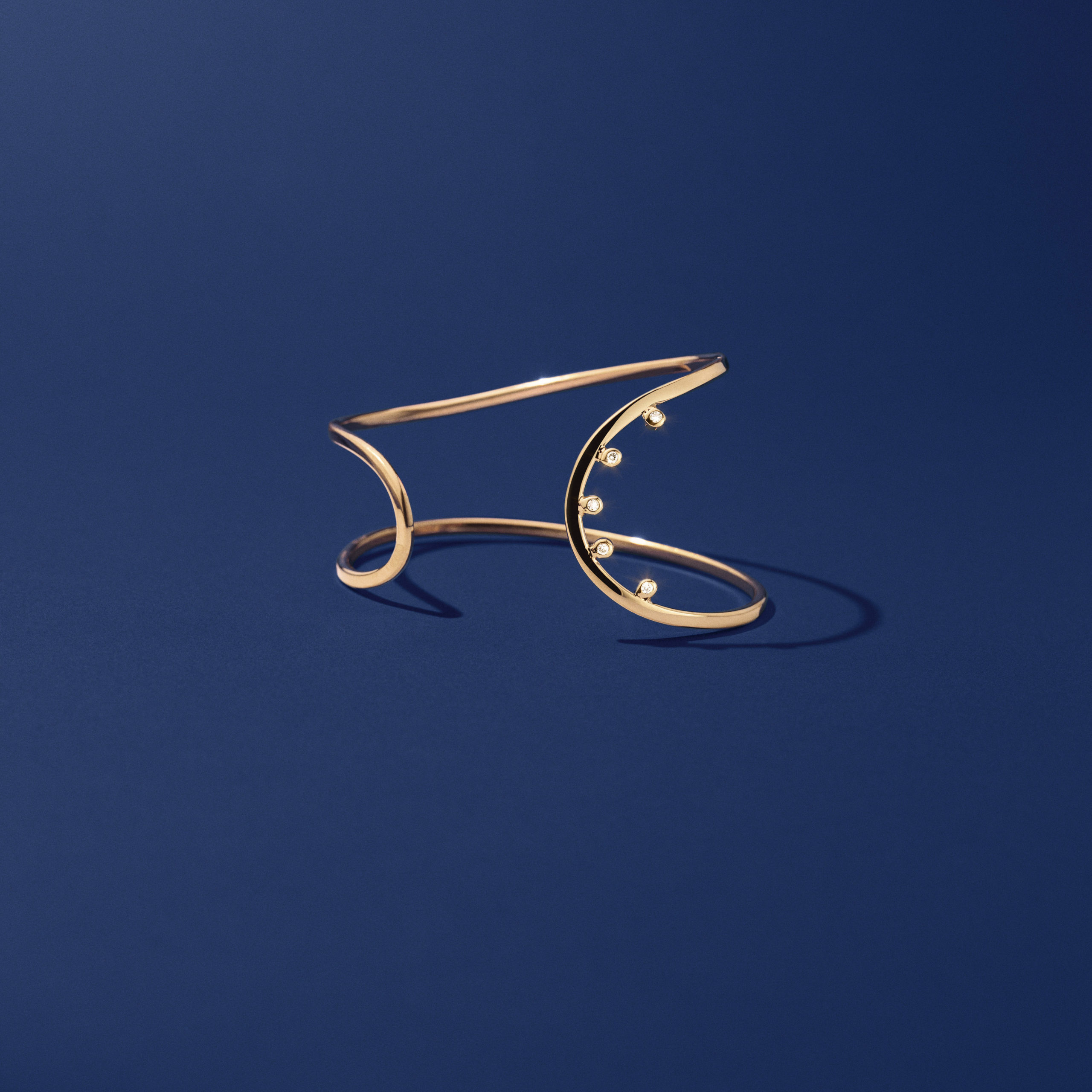

Fairmined : environmentally & socially responsible mining
At the start of the value chain, there is the obvious observation of informality, dangerous working conditions, illegality and environmental damage. Yet, how can we avoid that the final product, which represents the height of human emotion, is not associated with collateral damage?
The Alliance for Responsible Mining (ARM), an NGO founded in 2004 and recognised worldwide as a pioneer in artisanal and small-scale mining, has created the Fairmined label, the most demanding ethical gold label on the entire value chain, from extraction to the final jewel.
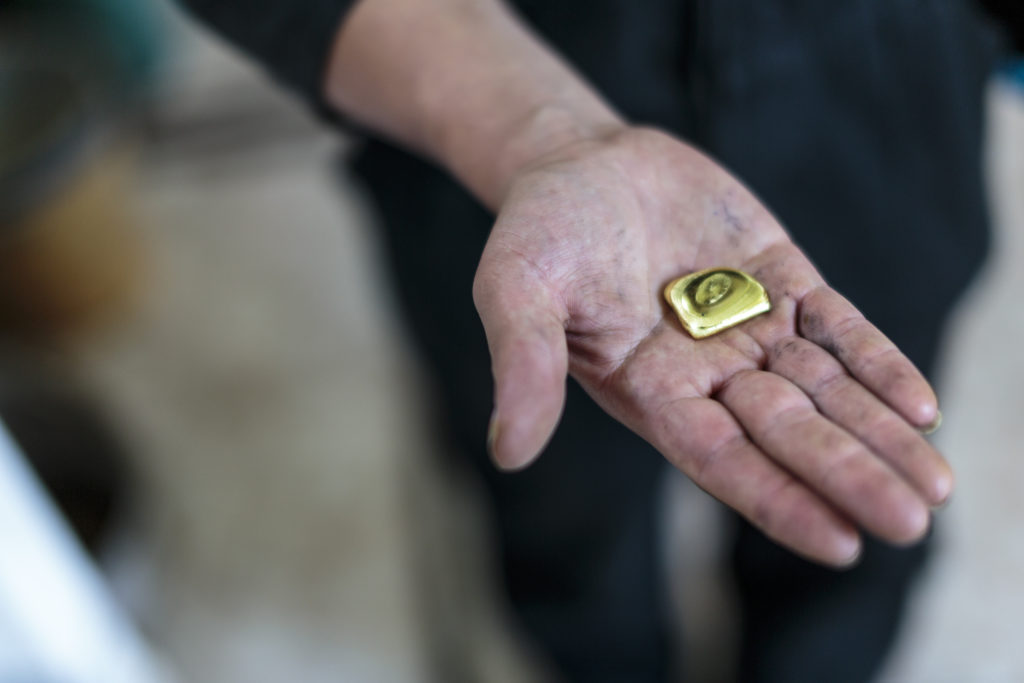

The Fairmined standard turns mining into a positive force, offering everyone a source of gold they can be proud of.
It is the first in the world that can generate social development and environmental protection. Fairmined artisanal gold mining provides people with a rewarding job offer, with decent working conditions and a guarantee of fairer remuneration. In recognition of their commitment, certified small-scale mining organisations receive not only a fair price for their gold (at least 95% of the London Bullion Market Association (LBMA) gold price) but also a premium of US$4 per gram of gold, an economic reward for investing in organisational, technical, social, economic and environmental development. The Fairmined commitment also helps to reduce the harmful consequences of uncontrolled artisanal mining. The use of mercury is limited in favour of less toxic chemicals in many stages of production. Strict controls on the handling of chemicals and waste ensure that soil and water are not contaminated. Small-scale artisanal mining thus protects biodiversity and the label also anticipates the ecological rehabilitation of the original ecosystems.
Through the Fairmined initiative, the gold industry and consumers can support better mining practices and community development.
In short, the benefits to the market can be summarised as a positive social and environmental impact in the supply chains, offering guarantees to the consumer and a more transparent sector with accurate traceability. The consumer, in turn, generates a positive impact through an informed purchasing decision, discovering the origin story of a product and adding sentimental value.
The lab-grown diamond
Lab-grown diamonds have many advantages – no extraction and the same physical, chemical and optical characteristics as mined diamonds, and they are now slightly cheaper. Like natural diamonds, synthetic diamonds are also formed by the same natural chemical phenomenon: the crystallisation of carbon. Each synthetic diamond is unique.
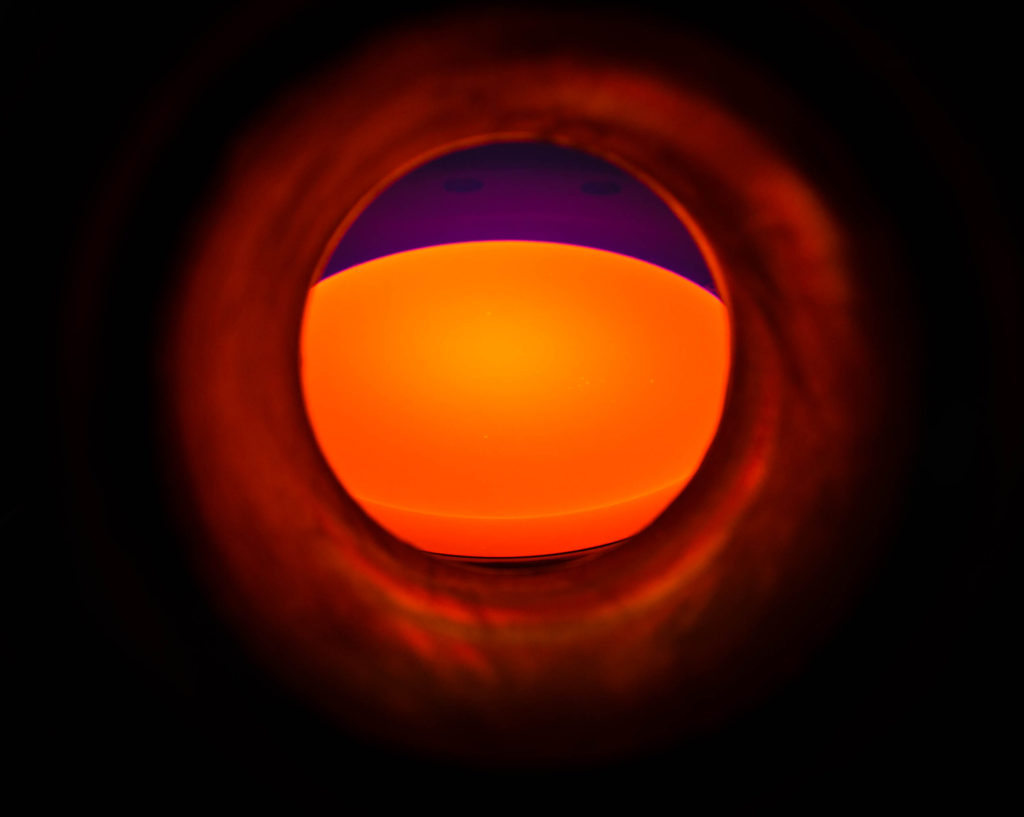

The first French jewellery house to commit to the Fairmined process, JEM, a member of the 1.618 community, launched its first laboratory-formed, human rights & environmentally friendly and fully traceable diamond in 2018.


These initiatives show the way to a new luxury, where the requirement becomes that of commitment, of respect for Man and nature, of sincerity of approach: in order to combine aesthetics & ethics. This luxury, which in its capacity to inspire and make people dream, demonstrates that beauty, innovation and creation are sustainable notions.
* definition of eco-design according to the French Agency for the Environment and Energy Management


